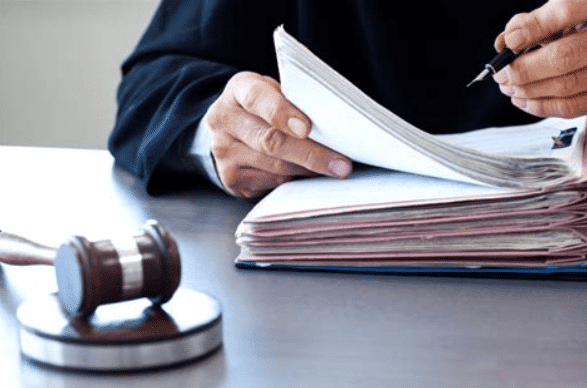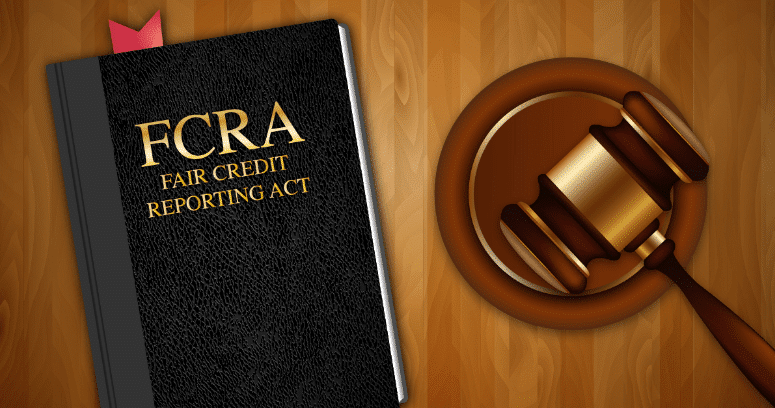When you get a credit card debt Summons, it’s essential to act fast. Write a short and clear Answer denying the claims and explaining your side. Make sure to include any defenses you have. Then, file it with the court and the plaintiff’s attorney before the deadline in your state. This step is crucial to prevent a default judgment against you. Don’t wait – take action to protect your rights and interests!
What’s a Summons?
A Summons is a legal document that you typically receive in the mail (although it can be served to you directly as well). It’s meant to inform you that someone has filed a lawsuit against you, and it tells you what you need to do to respond.
The Summons usually arrives along with another document called a Complaint (or a Petition, depending on where you live). This document outlines the specific reasons you’re being sued.
Before you do anything, look at the Summons to check for accuracy. Make sure your name, address, and the amount you’re being sued over are all correct.
Getting a Summons is immensely stressful, so it’s tempting to put off dealing with it. However, time is of the essence. Your time to respond is limited, and each state has a different deadline to respond to a Summons, but most states only give you between 20 and 30 days from the filing date.
This deadline is incredibly important. If you don’t respond to a Summons by the deadline, the court is likely to issue a default judgment against you. That means you automatically lose, and your creditor might be able to garnish your wages or even take money directly out of your bank account if you don’t pay.
Receiving a Summons can be a nerve-wracking experience, especially if you’ve never dealt with legal proceedings before. But fear not! Understanding how to respond can demystify the process and help you navigate it with confidence. In this guide, we’ll break down the steps you need to take to respond to a Summons, ensuring you’re prepared for what lies ahead.
How to Respond to a Summons:
- Drafting Your Answer:
- The official response to a Summons is called an Answer. Keep your responses short and to the point, addressing each claim outlined in the Complaint.
- It’s advisable to deny as many claims as possible, particularly debt-related claims. Remember, the opposing party’s lawyers must prove anything you deny.
- Include a list of affirmative defenses in your Answer. These are facts that weaken the plaintiff’s case against you, such as having already paid the debt or disputing its validity.
- Formatting Your Answer:
- Ensure your Answer is neatly formatted, using standard fonts and margins. Include a header naming all parties in the case and your case number.
- Organize your responses to the plaintiff’s claims and list of affirmative defenses clearly within the document.
- Optionally, include a “prayer for relief” section at the end, stating what you want the court to do, which may be to dismiss the lawsuit.
- Filing Your Answer:
- Once your Answer is drafted, it’s time to file it. Send copies to both the court and the plaintiff’s attorney.
- Confirm receipt of your Answer and verify with the court that it’s on file. Double-check the addresses to ensure accuracy, as sending to the wrong address can cause delays.
Common Affirmative Defenses:
- Payment of Debt: If you’ve already paid the debt in question, this defense can be used to refute the plaintiff’s claims.
- Identity Theft: If you believe the debt is not yours or is the result of identity theft, this defense can be raised.
- Statute of Limitations: If the time limit for the debt collector to sue you has expired, you may invoke the statute of limitations as a defense.
Responding to a Summons may seem daunting, but by following these step-by-step instructions, you can ensure that your rights are protected and your case is properly presented. Remember to remain organized, adhere to deadlines, and seek assistance if needed. With the right approach, you can navigate the legal process with confidence and work towards a favorable outcome.
Draft and file an Answer to your Summons for credit card debt.
Once you’ve sent your Answer letter, the next steps depend on how the plaintiff chooses to proceed. There are two possible outcomes: either the plaintiff decides to drop the case, or the lawsuit moves forward.
If the Case Continues:
- Discovery Phase: If the plaintiff opts to pursue the case, it enters the discovery phase. During this stage, both parties gather evidence, exchange information, and build their legal arguments. Discovery methods may include document requests, depositions, and interrogatories.
- Settlement Negotiations: It’s common for parties to attempt to reach a settlement before proceeding to trial. Trials can be lengthy, costly, and unpredictable, making settlement negotiations an attractive option. Parties may negotiate terms such as payment plans, reduced amounts, or other arrangements to resolve the dispute amicably.
To Illustrate:
Let’s consider an example. Imagine Linda receives a Summons from Firstpoint Coll Resources Inc GMAC, indicating they’re suing him over an unpaid debt of $1,500. Linda promptly responds by sending an Answer letter using ZumaZip. However, the plaintiff decides to move forward with the lawsuit.
Recognizing the potential challenges of a trial, Linda takes proactive steps. He considers seeking legal representation for the upcoming proceedings. Realizing the financial strain and uncertainty involved, Linda decides to explore the possibility of settling the matter outside of court.
Linda takes the initiative to contact Firstpoint Coll Resources Inc directly. She inquires whether they would be open to settling the debt for a reduced amount, proposing a payment of $1,200 instead. To his relief, the company agrees to the proposed settlement terms.
With the settlement reached, Linda avoids the stress and uncertainty of a trial while resolving the debt on favorable terms. The lawsuit is effectively resolved, allowing Linda to move forward without the burden of ongoing legal proceedings.
In summary, while the response to a Summons is a critical first step, the journey may continue with further legal proceedings or settlement negotiations. By understanding the process and exploring all available options, individuals like Linda can navigate the complexities of debt litigation effectively and achieve a satisfactory resolution.
Let ZumaZip help you navigate your debt lawsuit
Unless you have legal experience, it’s easy to feel completely lost when you get the news that someone has filed a debt lawsuit against you. Fortunately, you don’t have to navigate this situation alone. When you work with ZumaZip, you can streamline the process and maximize your chances of a favorable outcome. Get started today!































